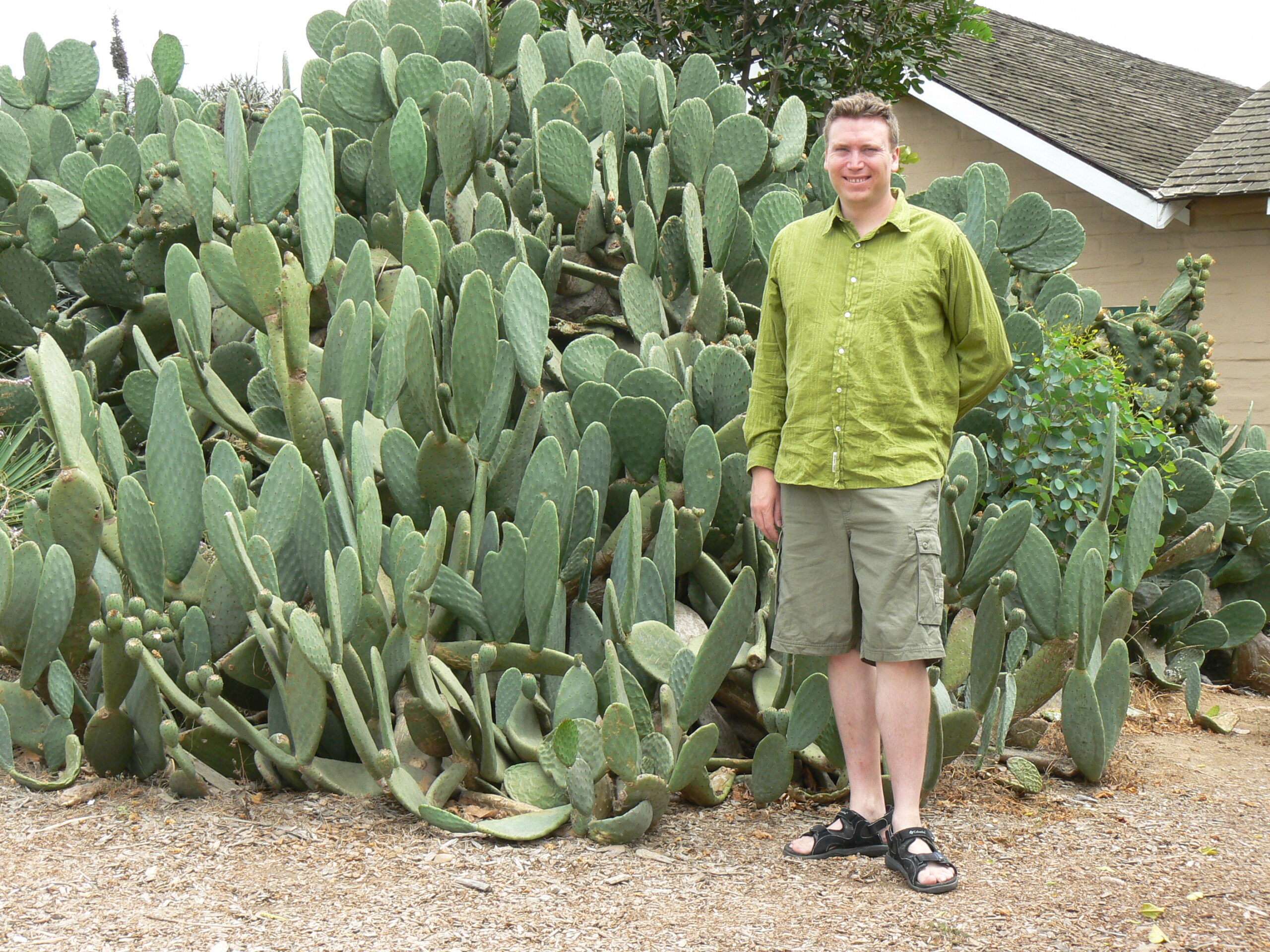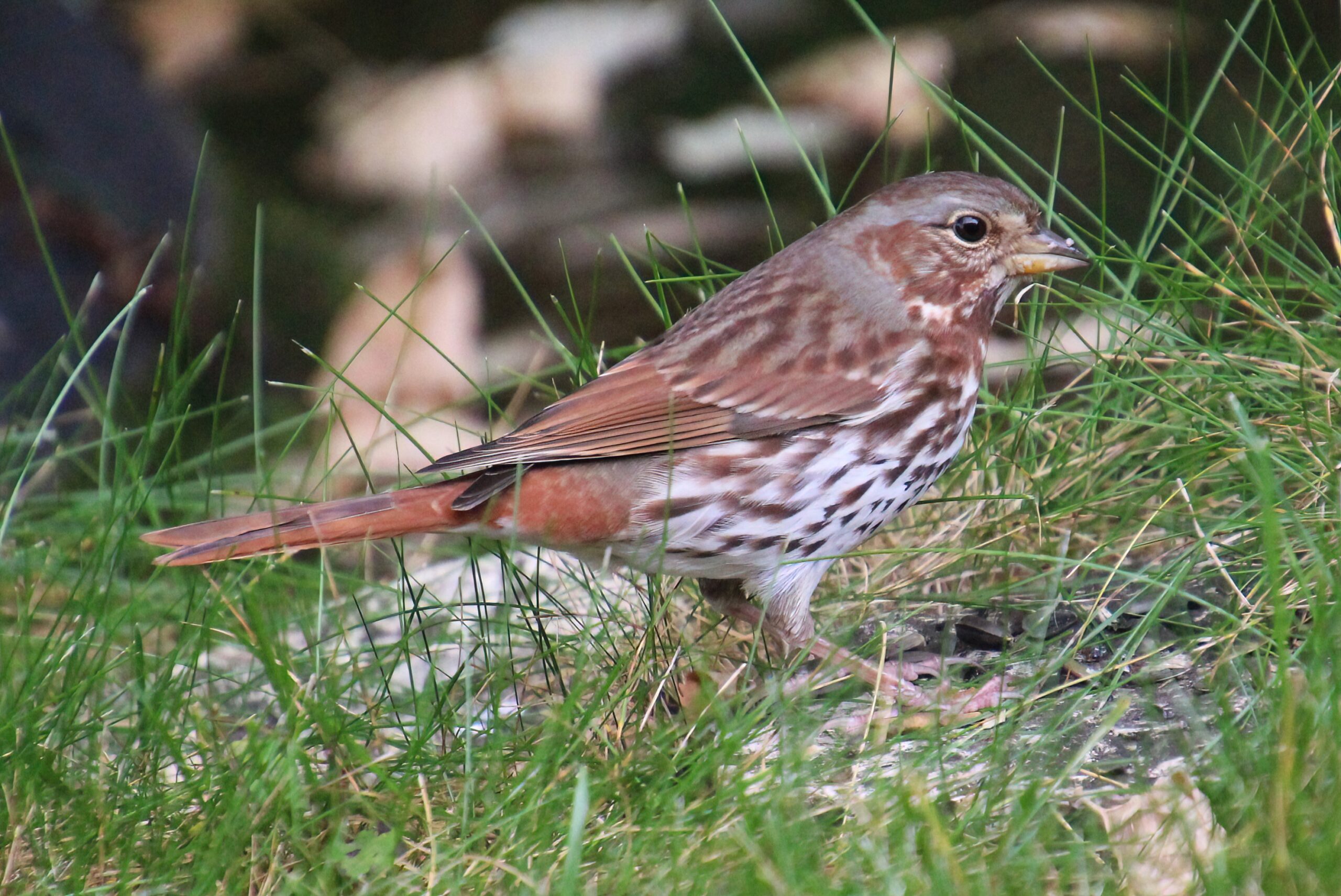Have you noticed how much press bees have been receiving in the past couple of years? Ever wonder why there is so much hullabaloo going on about these buzzing little things? Well turns out, bees are critical to the reproduction of flowering plants, critical to the health of the environment, and by extension critical to the survival of the entire human species. Read on for interesting bee facts!
The Basics – Bees are found on every continent except Antarctica. With over 20 000 species of bees on the globe, these fuzzy little flying insects are Earth’s most specialized pollinators, busily visiting as many as 5000 flowers per day in search of pollen and nectar. While not all bees live in colonies (there are numerous species that choose to be solitary, as an example), the most well-known species are social, particularly honey bees. They form colonies composed of a single queen (reproducing female), worker bees (sterile females), and drones (reproducing males); the size of a colony may reach a staggering 40 000 individuals before a new queen is born and flies off with a few workers bees and drones to form another colony of her own. Living from only a couple months (workers and drones) to a couple years or so (queens), the power of bees is in their numbers: queen bees can lay a staggering 1000 eggs per day…multiply that by two years…a queen may lay upwards of 730 000 eggs in her lifetime! And it takes a lot of bees to get the work done: approximately 30 000 bees are required to fully pollinate an acre of cropland.
What makes bees the world’s best pollinators? Hovering abilities, specialized communication dances, great eyesight (they can see every color on the spectrum except red), great sense of smell, long tongues (to collect nectar and sap), and fuzzy undersides and legs (to collect pollen) all combine to make these insects nature’s pollinator of choice. Travelling up to 5 miles in search of a flower, bees are paramount to the reproduction cycle of most of the world’s flowering plants, accidentally dropping pollen from their bodies as they travel from one flower to another. Many biologists have supported the view that flowering plants could not have evolved without the co-evolution of bees, so great is the importance of these insects to the lifecycle of a flowering plant.
Traditional Human Interaction with Bees – Given the high reliance that the human population has upon flowering crops (canola, maize, most fruits, cocoa, etc. – the list is enormous), there can be little doubt that bees are also paramount to human existence. A real friend to our species, bees have also evolved to live harmoniously alongside humans, largely staying out of sight and being quite non-confrontational when their paths cross with ours (bees would much rather flee than fight a human, unless they sense a real physical danger, either to themselves or their hive; a large proportion of bees will even die as a result of stinging a human, as their stinger/ ovipositor becomes lodged and rips off in human flesh.) For thousands of years, bees and humans have enjoyed a cordial, symbiotic relationship of live and let live, with the work of cultivating flowering crops shared by both. Albert Einstein is famously noted as stating that, “If the bee disappears from the surface of the earth, man would have no more than four years to live.”
Current Human Interaction with Bees – So why have bees been so studied in the last decade, and why do we seem to hear more and more alarm bells being rung about these creatures? What is CCD?
Well the high and low of it is that we humans have screwed up. The rapid advance in the last 50 years of technology has resulted in our ability to produce amazing pesticides (to get rid of the bugs that like to eat our food crops) with relatively low mammalian toxicity, high insect kill rates, and cheap production costs. More food for less work and less overall cost has been the overarching reasoning behind the development of these chemicals: get rid of the “bad” bugs and reap the benefits. What the technology sector did not anticipate, however, was the very detrimental effect these pesticides were going to have on the “good” insects – the pollinators – that we also rely upon for much of our global food production. As a direct result of the overuse (i.e. too much) and misuse (i.e. poor timing of application) of certain pesticides, the bee population worldwide is suffering greatly. Bee decline and CCD (colony collapse disorder) has been documented globally, with the greatest rates of decline in countries that utilize systemic pesticides (i.e. pesticides that are absorbed into the vascular system of the plant); pests are poisoned when they eat the plant parts or sap. Even though bees do not eat any plant parts, they do collect sap from plants; they use the resin (called propolis) in their own hive to keep their living space healthy, i.e. to seal up unwanted gaps, to mummify any decaying debris, and to prevent bacterial growth in the hive. In effect, bees may be hit with a double-whammy when systemic pesticide (especially the neonicotinoid group) is applied; firstly if it is applied when the bees are active (typically very early in the day) and then secondly when they transport the poison (via sap) back to their hive. Add this to the other very damaging effect that comes from feeding high-sugar corn syrup to apiary-farmed bee colonies (as the majority of commercially available corn syrup is produced from corn seed that has been treated with pesticide), and the result is certain disaster for bees: colony collapse disorder (meaning the death of 50% or more of a colony) is an inevitable result.
So what can we do to help protect bees and the future of our food supply? In your own garden, be careful about what type of pesticide you purchase and when you apply it. Clearly it is not feasible or sustainable to allow pests to eat our food crops willy-nilly; pest control will be necessary from time to time. By simply choosing pesticides that are targeted directly to the bug you are trying to eliminate (as opposed to a broad-spectrum, kill-all sort of mentality) and then applying the pesticide when bees are not present, we as homeowners can support and protect bee life in our local neighborhoods. In the larger picture, choose to engage actively with community leaders and regulators to help push for better public understanding, improved agricultural methods, and more responsible pesticide marketing and production from industry leaders. Local governments should be made aware of your voice, so that policies may be created that support healthy bee populations, healthy food supply, healthy environments, and healthy human societies. Together, we can make a real difference, both in our own backyards and in the larger global community!
The Noble Bee
In response to Canada's Online News Act and Meta (Facebook and Instagram) removing access to Canada's local news from their platforms, Anchor Media Inc encourages you to get your news directly from your trusted source by bookmarking this site and downloading the Rogue Radio App. Send your news tips, story ideas, pictures, and videos to info@anchormedia.ca.






